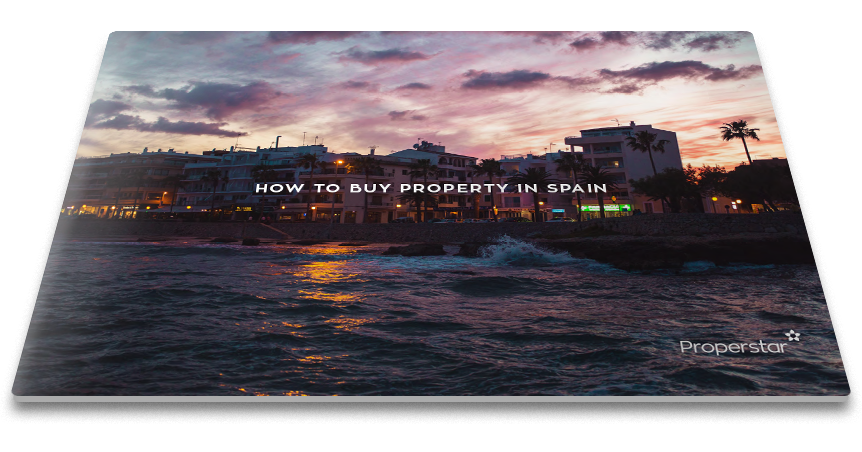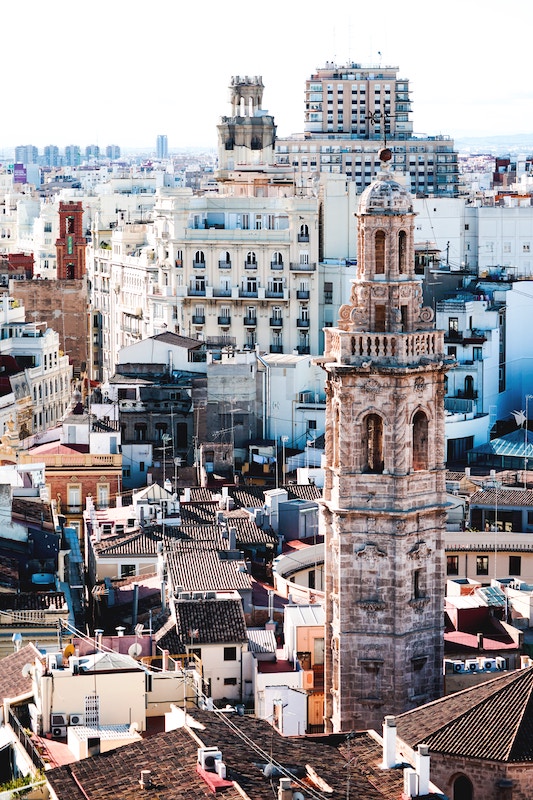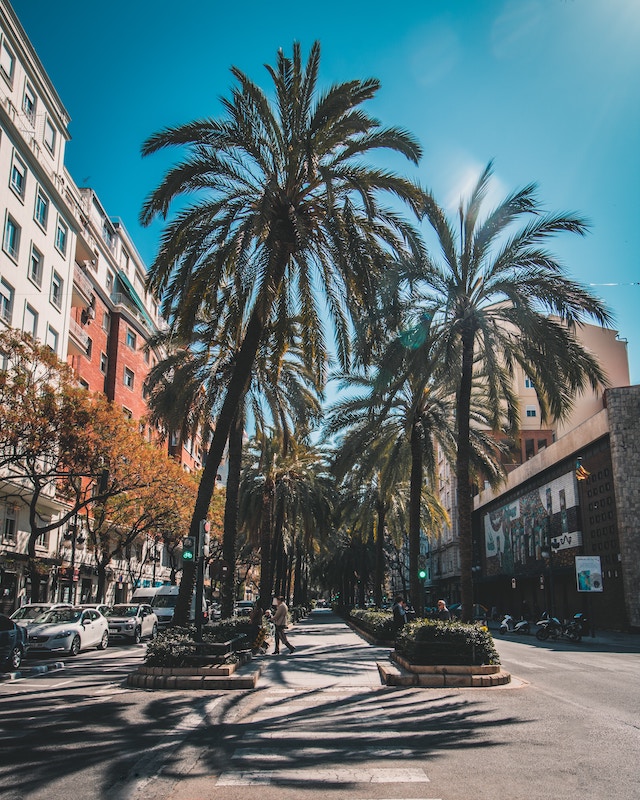
How much is it to buy property in Spain?
How much is it to buy property in Spain?
Since Spain is quite big and property prices vary from region to region, let’s focus on specific location - Valencia
Table of contents
Real estate investment requires a lot of prior analysis, calculation and a bit of luck, and when it comes to the investment in a different country, it’s another story. Thus, we want to shed more light on this process - how to decide for the purchase, where to search and how much to pay (not only the property price).
But first, what’s all the noise about buying in Spain?
Everyone who visited this charming country is tempted to buy a cozy villa or a minimalistic apartment in order to delight hot days next to the sea or escape from grey Europe if desired. This intention is always supported by all the “Venda se” offers and reasonable prices, e.g. check the offers for sale in Alicante from €40K to €70K.
And even more, they say it’s quite profitable to have a property in Spain, as the prices are constantly rising, and you can win if you sell it within the next several years. It’s very much the same you heard in 2006 or 2007 before that bubble, right?
It might resemble the last property crisis, but only from prices view. Prices are rising, that's true, but we should take into consideration secondary factors that influence the property market. Are they downsides or advantages, let's try to get the bottom of it below.
Property Guide

Download the complete guide for free
Ready to turn your dream of owning property in Spain into reality? Our comprehensive guide, "How to Buy Property in Spain," is your essential resource for confidently navigating the Spanish real estate market.
Fill out the form below and download your copy now.
 So what are the advantages of current situation in comparison to the market conditions back in 2008?
So what are the advantages of current situation in comparison to the market conditions back in 2008?
Average property price per square meter in Spain reached € 1,636.3 in the first quarter of 2019 (€ 1,618.80 in the same period of 2018), according to Trading economics. It means that prices are growing, but still are lower than their peak level before the crisis and will likely recover over the next 5 years. Also, The International Monetary Fund called Spain to monitor the prices so they are not overevaluated.
The percentage of home owners within Spanish households dropped from 80% to 77%. More Spaniards consider themselves as quite wealthy people and decide for a long term rental rather than for buying, the standard of living just went up, and country is not sinking into debt.
However, the interest rate in Spanish banks hit record low of 0.5% in June 2019 (1.59% in December 2018), which means it’s now even more attractive to get a mortgage.
Spanish banks try now to act more wisely and offer their products based on loan to property value or debt to income ratio. This way the household debt won't climb up (at the moment it's in downtrend at € 789K, which dropped from € 846K in January 2018).
Based on these facts we can see the trend that differs from what we faced in 2008 – prices are still reasonable, but strong.
Where to search for a property?
Everyone tells that, and we’ll repeat it as well – first off, define your purchase goal. Is it an investment, will you let it for rent or will you live there from time to time? Or maybe it’s an opportunity to get a residence visa (Golden visa program)? Once decided, you will be able to understand which markets are better for you.
The top destination point of the most visitors is of course Barcelona and it’s just a dream to have a property there. If you have enough funds and know how your property will return your investment, please go ahead! This is the most expensive city of Spain at the moment, so property prices are obviously high.
Another opportunity is to choose some university city where you can easily rent out your flat to students almost without any rental holidays. Valencia, Madrid, Granada could be your choice.
And this choice will surely make the difference to the price you’ll pay. According to Tinsa.es while the average price per sq meter in Barcelona province is € 3,389, Valencia province has more attractive prices with an average at € 1,042 and higher interannual price growth.
 How much will you finally pay for your property in Spain?
How much will you finally pay for your property in Spain?
Let’s have an example of a real property purchase: Property type: apartment Property price: € 75,500 City: Valencia Purchase year: 2018 Estimated property price as of today (June 2019): € 97,000
So, the initial property price is € 75,500 (don’t forget that you can negotiate the price). You will need to add ITP which is 10% (€ 7,550), notary and administrative fees (€ 2,000), real estate agent fees (3% with minimum € 3,000, plus VAT of 21%). If you use consulting/property finding services, you’ll pay more (€ 4,000-5,000). And it might make 23% above the property price. In this exact example the full price will make € 93,520. It may seem quite a lot, but it depends on the property price, because some of the expenses are fixed fees and won’t change with the higher price (if it’s not luxury property above € 500,000).
If you get a loan in a Spanish bank, you’ll have to make a down payment of 30% as a non-resident and be ready to pay all the additional expenses out of your pocket (mortgage won’t cover them), they are paid when signing the final contract. If we sum up the whole price you would have to pay € 40,670 right away (even with 70% mortgage).
To make a long story short - even with all those expenses the current property price covers all money paid, not taking into account rental payments you could get within this year. This case proves that “homework” and wise selection of the property can pay off at the end.
 So what are the advantages of current situation in comparison to the market conditions back in 2008?
So what are the advantages of current situation in comparison to the market conditions back in 2008? How much will you finally pay for your property in Spain?
How much will you finally pay for your property in Spain?
